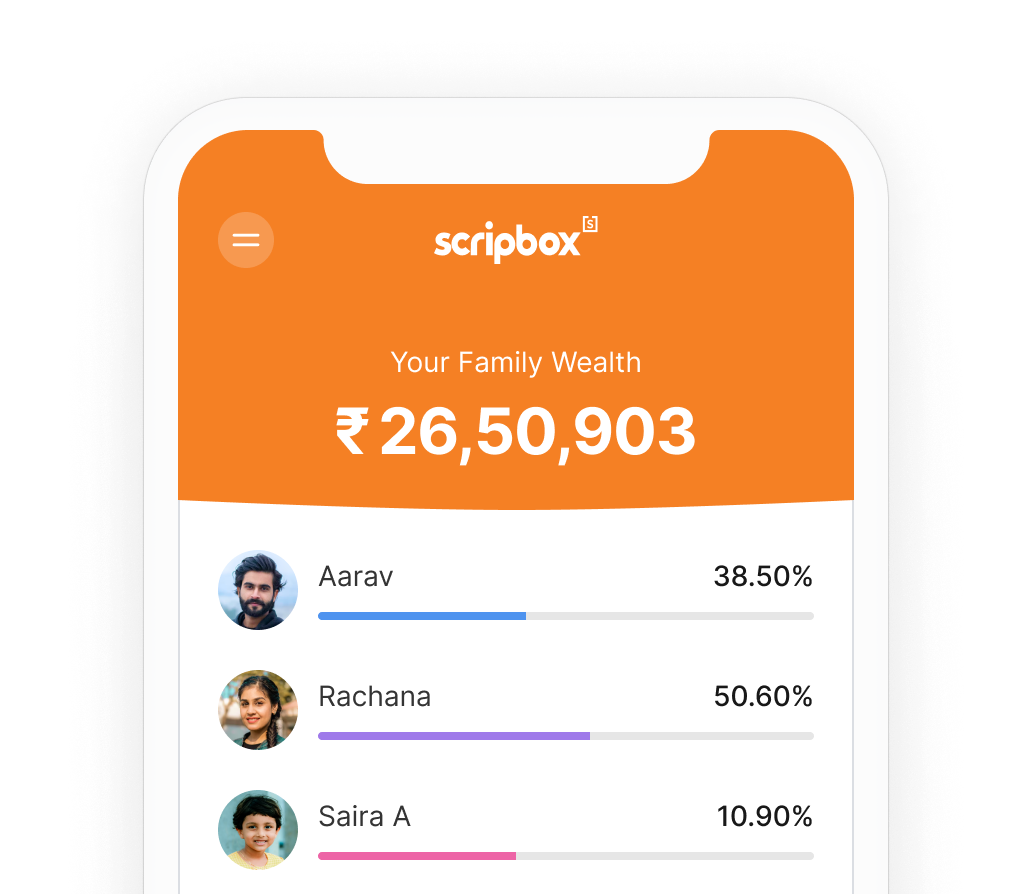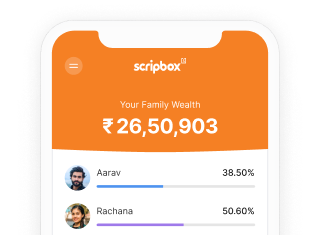Taxation is an inescapable part of our financial lives, and many of us are constantly on the lookout for investment avenues that can help ease its burden. From tax-saving fixed deposits to equity-linked savings schemes (ELSS) funds, investors often gravitate toward instruments that offer some respite from tax outflows.
One of these options is tax-free bonds. These bonds not only provide a stable and predictable income stream but also ensure that the interest earned remains free from taxation. Let us understand tax-free bonds in detail.
What are Tax-Free Bonds?
Tax-free bonds are issued by government-owned companies that offer a fixed interest rate. The interest on tax-free bonds is fully exempt under Section 10 of the Income Tax Act, meaning you don’t have to pay tax on what you earn. These bonds usually have long terms of 10 years or more.
Since these bonds are tax-free, they can help maximise post-tax returns, especially for those in higher tax brackets. The government uses funds raised from these bonds to finance infrastructure, housing, and railway projects across India.
Tax-free bonds usually have a face value of ₹1,000. They carry a coupon rate, which is the interest rate payable to the investors. The interest is paid half yearly or annually. Once listed on the stock exchange, they may trade at a premium or discount depending on changes in overall interest rates. If you buy them at the issue price and hold them until maturity, the coupon rate becomes your bond yield. But if you buy or sell them in the secondary market, the market price may impact your effective yield.
Who Issues Tax-Free Bonds?
Tax-free bonds in India are generally floated by highly rated, government-backed bodies such as the National Highways Authority of India (NHAI), the Indian Railway Finance Corporation (IRFC), or the Rural Electrification Corporation. They typically carry AAA ratings, reflecting their safety and near-zero default risk.
Who Can Invest in Tax-Free Bonds?
- Investors looking for fixed income can invest in tax-free bonds, for example, senior citizens.
- Investors looking to park lump sum money in an asset that will give absolute returns can invest in tax-free bonds.
- Investors who want to save tax on interest income can also consider tax-free bonds.
Features of Tax-Free Bonds
Here are some key features of these bonds:
- Tax Exemption: The interest income from the tax-free bond is entirely tax-exempt. Additionally, no TDS (tax deducted at source) is deducted from these bonds.
- Risk: Tax-free bonds offer guaranteed fixed monthly or annual income. The default risk in these bonds is almost zero as the government backs them. Also, these government tax-free bonds offer capital protection and hence are considered to be safe.
- Tenure: Tax-free bonds are long-duration bonds, with tenures ranging between ten and twenty years. You cannot withdraw the money before the bond maturity date. However, you can trade the bonds on the stock exchange.
- Liquidity: Tax-free bonds are not as liquid as debt funds. As these are long-term bonds, liquidating them may not be easy.
- Interest: Tax-free bonds in India offer guaranteed fixed income. Tax-free bonds interest rate is usually around 5.50% to 6.00%.
How to Invest in Tax-Free Bonds in India?
You can invest in tax-free bonds either when a new issue is opened (in the primary market) or by purchasing them on the secondary market later.
Investing in tax-free bonds can be done either online or offline when the government issues new bonds. Additionally, when investing through the offline mode (physical format), PAN card details and bank details, such as account number and IFSC code, are mandatory.
Additionally, after the date of issue, if you wish to purchase tax-free bonds, you can do so through a trading account. For that, you must have a demat account.
How to Redeem Tax-Free Bonds?
Tax-free bonds mature at the end of their tenure when you get your principal back. If you choose to sell earlier on the stock exchange, remember capital gains rules apply:
- Short-term capital gains (within 1 year of buying listed bonds) are taxed per your slab rate.
- Long-term capital gains (after 1 year) are taxed at 12.5% without indexation.
Conclusion
Tax-free bonds provide government backing with the added advantage of tax-free interest income. For those looking for predictable, long-term returns without worrying about tax erosion, these bonds can be a smart addition.
However, it’s important to weigh their relatively long lock-in periods and lower liquidity against their safety and stable returns. As with any investment, aligning tax-free bonds with your risk tolerance, financial goals, and investment horizon is key to making the most of what they offer.
FAQs
Tax-free bonds are long-term debt instruments issued by government-backed companies, offering fixed interest that is fully exempt from tax. They help fund public projects while giving investors predictable, tax-free interest.
You can purchase tax-free bonds either during their issue period or by buying them on the stock exchange through your demat account. Both online and offline routes are available.
Yes, you can sell tax-free bonds on the appropriate exchange anytime after they are listed, but their price will depend on market demand and interest rate movements.
- Confused if your portfolio is performing right enough to meet your goals?
- How long have you been investing in mutual funds?
- What is your current portfolio size?
- What is your approximate annual household income?
- Your profile does not qualify for a call with a Financial Expert.
- What are Tax-Free Bonds?
- Who Issues Tax-Free Bonds?
- Who Can Invest in Tax-Free Bonds?
- Features of Tax-Free Bonds
- How to Invest in Tax-Free Bonds in India?
- How to Redeem Tax-Free Bonds?
- Conclusion
- FAQs























Show comments